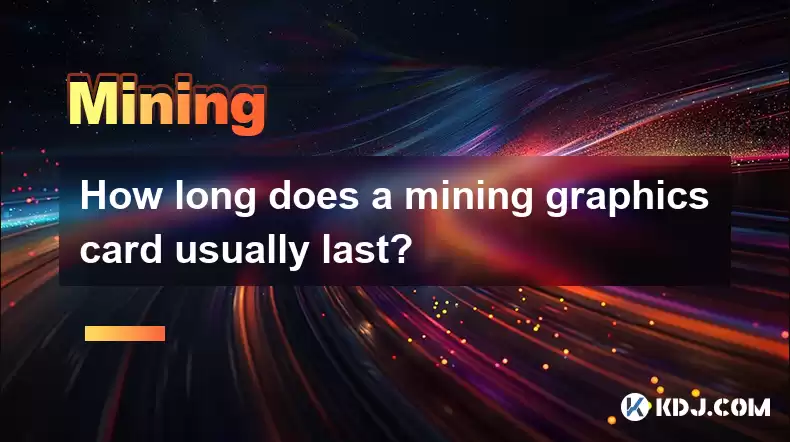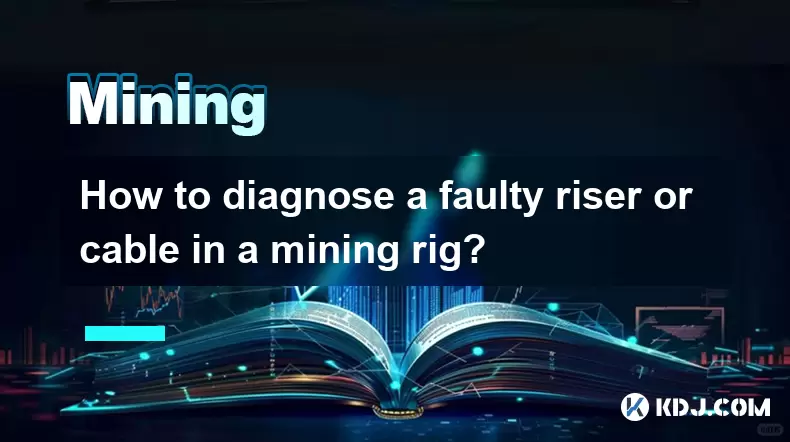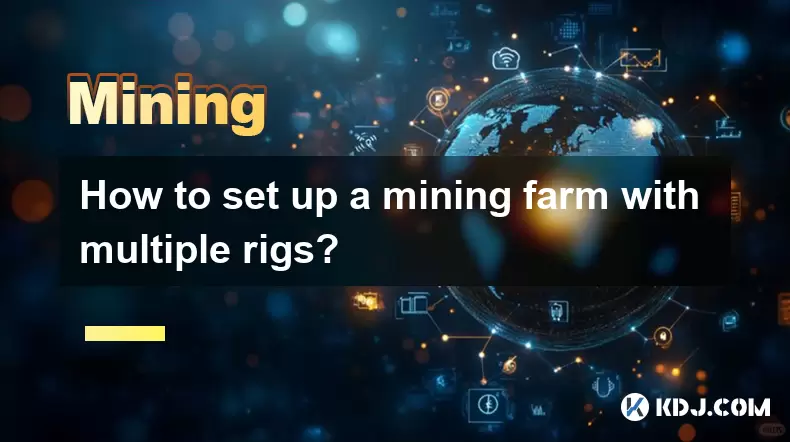-
 Bitcoin
Bitcoin $115100
1.27% -
 Ethereum
Ethereum $3675
2.71% -
 XRP
XRP $2.995
1.45% -
 Tether USDt
Tether USDt $1.000
0.02% -
 BNB
BNB $769.8
2.64% -
 Solana
Solana $168.0
3.25% -
 USDC
USDC $0.9999
-0.01% -
 TRON
TRON $0.3371
1.48% -
 Dogecoin
Dogecoin $0.2051
3.36% -
 Cardano
Cardano $0.7394
2.30% -
 Hyperliquid
Hyperliquid $38.15
0.42% -
 Stellar
Stellar $0.3966
-0.36% -
 Sui
Sui $3.486
2.93% -
 Chainlink
Chainlink $16.72
2.52% -
 Bitcoin Cash
Bitcoin Cash $568.0
4.36% -
 Hedera
Hedera $0.2440
2.59% -
 Ethena USDe
Ethena USDe $1.001
0.04% -
 Avalanche
Avalanche $22.16
2.06% -
 Litecoin
Litecoin $119.1
-0.73% -
 UNUS SED LEO
UNUS SED LEO $8.991
0.04% -
 Toncoin
Toncoin $3.232
-0.39% -
 Shiba Inu
Shiba Inu $0.00001233
2.82% -
 Uniswap
Uniswap $9.717
2.53% -
 Polkadot
Polkadot $3.664
1.85% -
 Dai
Dai $1.000
0.01% -
 Monero
Monero $281.2
-3.89% -
 Bitget Token
Bitget Token $4.350
1.55% -
 Cronos
Cronos $0.1428
5.07% -
 Pepe
Pepe $0.00001050
3.68% -
 Aave
Aave $262.3
3.54%
How long does a mining graphics card usually last?
Mining GPU lifespan varies greatly (months to years), heavily influenced by usage intensity, cooling, power supply, and environmental factors; proactive monitoring is crucial for longevity.
Mar 12, 2025 at 03:45 pm

Key Points:
- The lifespan of a mining graphics card (GPU) is significantly impacted by the intensity and duration of its use.
- Factors beyond mining intensity, such as cooling, power supply, and environmental conditions, also play a crucial role in longevity.
- While there's no single definitive answer, typical lifespans range from a few months to several years, depending on these factors.
- Recognizing signs of wear and tear is crucial for proactive maintenance and preventing costly failures.
How Long Does a Mining Graphics Card Usually Last?
The lifespan of a graphics card used for cryptocurrency mining isn't easily defined by a single number. Unlike consumer use, mining pushes GPUs to their absolute limits, 24/7, often in high-temperature environments. This continuous, high-intensity operation drastically accelerates wear and tear compared to casual gaming or content creation. Therefore, predicting a precise lifespan is difficult.
Several factors influence how long your mining GPU will last. The most significant is the intensity of the mining operation. Mining more demanding cryptocurrencies like Ethereum (before the merge) placed far greater strain on the card than less demanding coins. The specific algorithm also plays a role; some algorithms are harsher on certain GPU architectures.
Cooling is paramount. Insufficient cooling leads to overheating, which is a leading cause of GPU failure. A well-maintained cooling system, including adequate fans and potentially liquid cooling, can significantly extend a GPU's lifespan. This includes regular cleaning to remove dust buildup that can impede cooling efficiency. Ambient temperature also plays a significant role; hotter environments accelerate degradation.
The quality of the power supply is critical. Mining GPUs draw substantial power, and an unreliable or insufficient power supply can lead to voltage spikes and instability, damaging the card. A high-quality, appropriately sized power supply is essential to protect your investment.
The manufacturer and model of the GPU also affect its lifespan. Some manufacturers are known for producing more durable cards than others. Higher-end models, while more expensive upfront, often incorporate superior components and cooling solutions, potentially leading to a longer operational life.
Environmental factors also contribute to the overall lifespan. Dust, humidity, and extreme temperatures (beyond the operational limits of the card) can all accelerate degradation. A clean, dry, and temperature-controlled environment is ideal for extending the life of your mining GPUs.
Recognizing the signs of wear and tear is crucial for maintaining your mining operation. Increased fan noise, unusual temperatures (especially consistent overheating), and performance degradation (lower hash rate) are all warning signs that your GPU might be nearing the end of its life.
While some miners report their GPUs lasting several years, others experience failures within months. The reality is that consistent, high-intensity mining is incredibly stressful on hardware. Regular monitoring of temperatures, fan speeds, and hash rates is essential for proactive maintenance and early detection of potential problems. This allows for timely intervention, potentially preventing complete failure and maximizing the return on your investment.
The type of cryptocurrency mined can also impact the lifespan. Proof-of-work (PoW) algorithms, common in Bitcoin mining, generally put more stress on the GPU than proof-of-stake (PoS) algorithms. PoW requires significantly more computational power, leading to increased heat and wear. This difference needs to be considered when choosing your mining target.
Finally, the age of the GPU itself is a factor. Even with perfect conditions, components degrade over time. Older GPUs, regardless of their usage, are more susceptible to failure than newer ones. This inherent aging process contributes to the overall uncertainty in determining a specific lifespan for mining GPUs. Regular maintenance and monitoring can only mitigate, not eliminate, this aspect of aging.
Frequently Asked Questions:
Q: What is the average lifespan of a mining GPU?
A: There's no single average. Lifespans can range from a few months to several years, depending on factors like mining intensity, cooling, power supply quality, and environmental conditions.
Q: Can I extend the lifespan of my mining GPU?
A: Yes, by implementing proper cooling solutions, using a high-quality power supply, maintaining a clean environment, and regularly monitoring the GPU's performance and temperatures.
Q: What are the signs of a failing mining GPU?
A: Increased fan noise, unusually high temperatures, performance degradation (lower hash rate), and system instability are all warning signs.
Q: Does the type of cryptocurrency mined affect GPU lifespan?
A: Yes, proof-of-work algorithms generally place more stress on GPUs than proof-of-stake algorithms, leading to shorter lifespans in PoW scenarios.
Q: Is it worth repairing a failed mining GPU?
A: It depends on the cost of repair versus replacement. For high-end cards, repair might be worthwhile. However, for lower-end cards, replacement is often more cost-effective.
Disclaimer:info@kdj.com
The information provided is not trading advice. kdj.com does not assume any responsibility for any investments made based on the information provided in this article. Cryptocurrencies are highly volatile and it is highly recommended that you invest with caution after thorough research!
If you believe that the content used on this website infringes your copyright, please contact us immediately (info@kdj.com) and we will delete it promptly.
- BlockDAG, Litecoin, and Cardano: Charting the Course in Crypto's Dynamic Waters
- 2025-08-07 09:09:06
- Fireverse Token: Igniting a Musical Revolution in Web3
- 2025-08-07 08:27:45
- Ethereum, L2 Withdrawals, and Decentralization: A New Yorker's Take
- 2025-08-07 08:32:33
- Avalanche vs. Ruvi AI: Daily Sales Tell a Story of Crypto Disruption
- 2025-08-07 06:29:35
- DeSoc: The Crypto to Buy Now for a Decentralized Future (and Maybe 43x Gains!)
- 2025-08-07 06:50:16
- Arctic Pablo Coin: Riding the Meme Coin Wave with a Deflationary Twist
- 2025-08-07 07:18:13
Related knowledge

What are the differences between mining on Windows vs. Linux?
Aug 06,2025 at 11:29pm
Overview of Cryptocurrency Mining PlatformsCryptocurrency mining involves using computational power to solve complex cryptographic puzzles and validat...

How to use an old computer for cryptocurrency mining?
Aug 07,2025 at 12:42pm
Understanding the Feasibility of Using an Old Computer for MiningUsing an old computer for cryptocurrency mining may seem outdated, but it is still te...

Can you mine cryptocurrency using solar power?
Aug 07,2025 at 12:00am
Understanding the Basics of Cryptocurrency MiningCryptocurrency mining involves validating transactions on a blockchain network by solving complex cry...

How to build a mining rig inside a PC case?
Aug 06,2025 at 11:01pm
Understanding the Basics of a Mining Rig in a PC CaseBuilding a mining rig inside a PC case involves transforming a standard computer chassis into a d...

How to diagnose a faulty riser or cable in a mining rig?
Aug 07,2025 at 01:49am
Understanding the Role of Riser Cables in Mining RigsIn a cryptocurrency mining rig, riser cables serve as the bridge between the motherboard and the ...

How to set up a mining farm with multiple rigs?
Aug 07,2025 at 12:38am
Understanding the Basics of a Multi-Rig Mining FarmSetting up a mining farm with multiple rigs begins with understanding the core components involved ...

What are the differences between mining on Windows vs. Linux?
Aug 06,2025 at 11:29pm
Overview of Cryptocurrency Mining PlatformsCryptocurrency mining involves using computational power to solve complex cryptographic puzzles and validat...

How to use an old computer for cryptocurrency mining?
Aug 07,2025 at 12:42pm
Understanding the Feasibility of Using an Old Computer for MiningUsing an old computer for cryptocurrency mining may seem outdated, but it is still te...

Can you mine cryptocurrency using solar power?
Aug 07,2025 at 12:00am
Understanding the Basics of Cryptocurrency MiningCryptocurrency mining involves validating transactions on a blockchain network by solving complex cry...

How to build a mining rig inside a PC case?
Aug 06,2025 at 11:01pm
Understanding the Basics of a Mining Rig in a PC CaseBuilding a mining rig inside a PC case involves transforming a standard computer chassis into a d...

How to diagnose a faulty riser or cable in a mining rig?
Aug 07,2025 at 01:49am
Understanding the Role of Riser Cables in Mining RigsIn a cryptocurrency mining rig, riser cables serve as the bridge between the motherboard and the ...

How to set up a mining farm with multiple rigs?
Aug 07,2025 at 12:38am
Understanding the Basics of a Multi-Rig Mining FarmSetting up a mining farm with multiple rigs begins with understanding the core components involved ...
See all articles

























































































